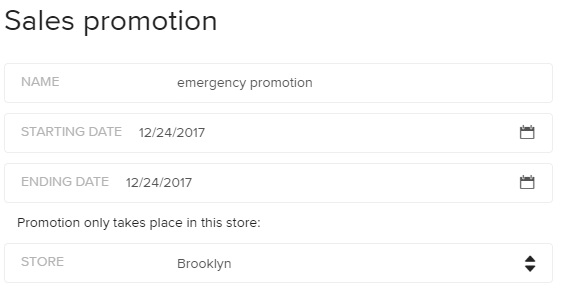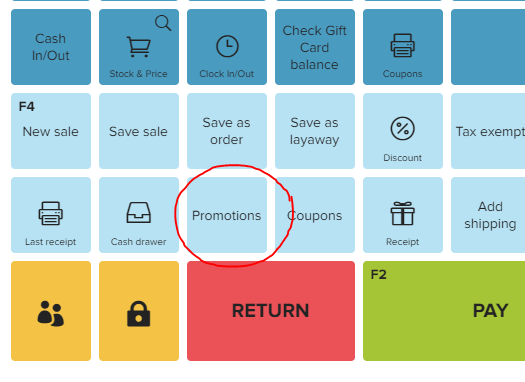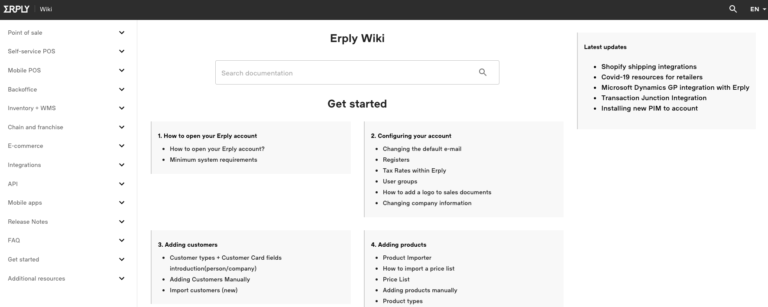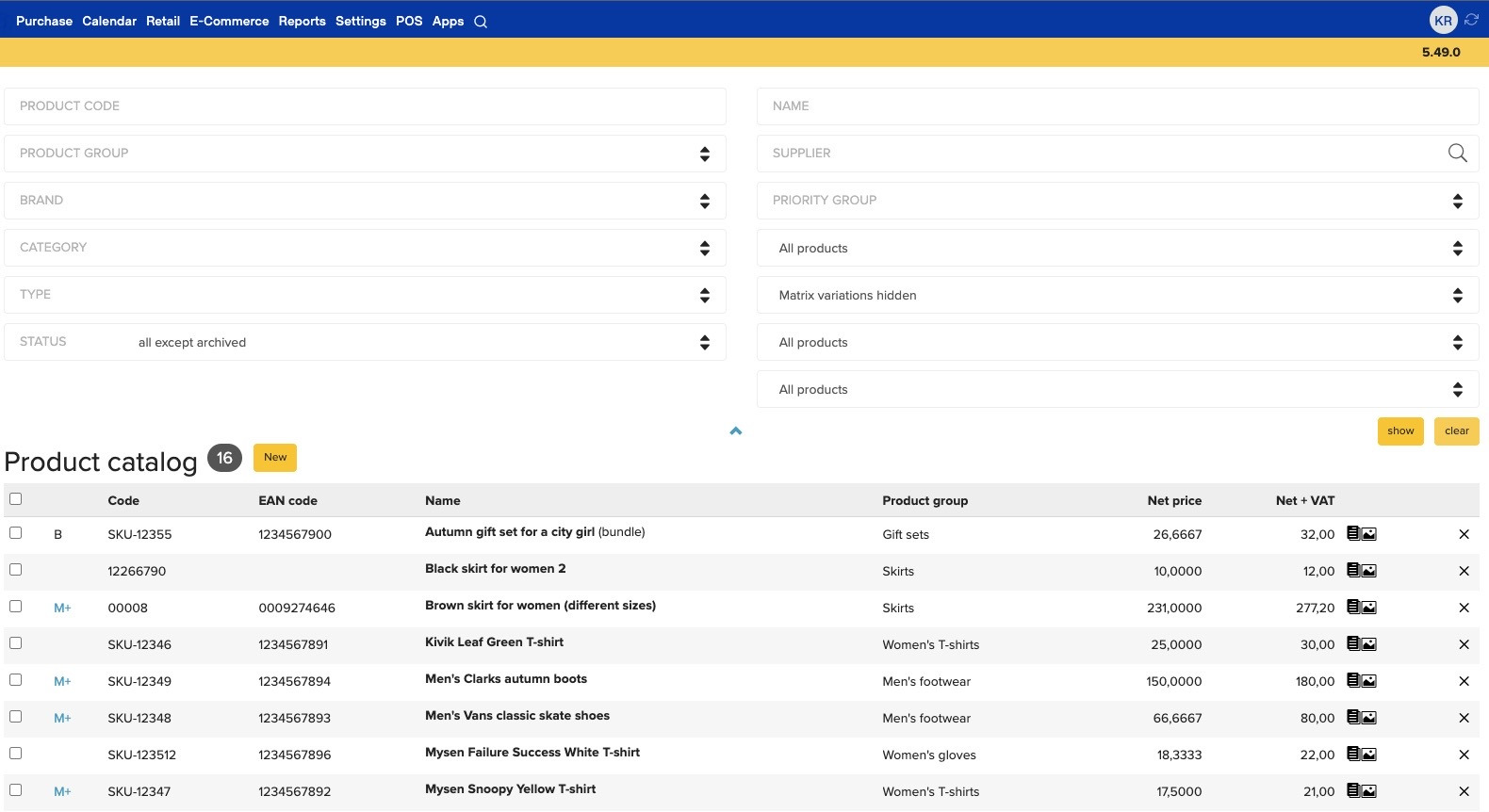This year set another round of record highs in retail for Black Friday, which is nothing unexpected for sellers. For buyers, however, many of the experiences they’d grown used to in the past weren’t the same. And that led to a lot of disappointment on what is traditionally a day of major satisfaction for buyers.
Case Study in Disappointed Buyers
This year’s most visible example of disappointed consumer behavior came from retail giant JCPenney, which was, like many other brick-and-mortar retailers, struggling to compromise when it came to the year’s biggest sales weekend. While dropping prices as low as they’ll go attracts buyers on Black Friday, the steep competition from Amazon and online shopping experiences made it hard for the company to offer exactly the same discounts they always have. Case in point: for the first time in many years, JCPenney did not hand out coupons at the door that could be used in addition to the already lowered prices.
This is something that JCPenney fans have come to expect on Black Friday, and when they weren’t met at the door with these additional sales, many customers were dismayed. They took to social media to complain, and found out there or at the register in stores that not only were there no additional coupons, but any coupons that they did have on them were not viable for that day only. Their social media account tweeted that any unexpired coupons would be back in effect the following day – yet another change to their usual system that left customers wondering why the sudden shift.
Disappointment Stems from Mismanaged Expectations
While a cursory glance at this situation suggests that customers were disappointed at the lack of additional savings, a closer look reveals something even simpler. Most of the complaints on social media mentioned the fact that the customers expected the coupons based on previous years. The problem wasn’t the lack of coupons, after all; it was the fact that JCPenney didn’t meet consumer expectations.
With the rapid changes in consumer behavior in the last decade – or even just in the last two years – managing your customers’ expectations can be a minefield. But if you want to avoid a situation like this year’s Black Friday disaster for one giant retailer, this is a must. So here are five tips on how to manage the customer’s expectations for their experience:
Be Totally Transparent
One of the biggest mistakes made in the example above is that customers weren’t aware that their coupons wouldn’t be effective on that date until the day of Black Friday – and often not until they approached a register with coupons in tow. The frantic social media posting revealing this policy on the day of left many customers feeling as though they weren’t being treated honestly – and that’s a big no-no when managing the customer experience. Simply by revealing your company policies in multiple places, and doing it well ahead of any major shopping days, you’ll be creating a more trustworthy environment for your customers.
Offer More Solutions
Every customer’s experience is slightly different than any other customer’s, which is why having more than one solution to common problems is a must. Where one customer might find an exchange acceptable, another might be only satisfied by a refund. One thing that great managers do to manage the customer experience is to ensure that front-line employees have several solutions that they can offer in all scenarios. This streamlines the process of satisfying complaints and ensures that everyone has the same expectations for resolutions.
A manager could log into the system with Erply and create a quick promotion if, say, your Brooklyn customers didn’t get the email with the coupon code, or if your store opened late.
Promotions can be automatic or activated manually on the POS, so you can set one up and reserve it for special situations.
Let Customers See Your Timeline
One thing that will always come up in the customer experience is the chance that customers will have to wait. In today’s world of one-click buys and next-day delivery, having to wait can break a sale. If there is a problem – such as an error with your computer system, a long customer service queue, or a backordered item that is held up by the delivery company – let customers know what you know about the timeline. They’ll appreciate knowing how long they can expect to wait, and it eliminates any questions about what you are doing to fix the problem.
Be Realistic but Upbeat
For most managers, the customer experience is all about satisfying their wishes quickly and without fuss. But many top business owners say that being realistic about customer expectations – and setting realistic expectations before they can form their own – is crucial to making sure that everyone wins. In order to avoid disappointment about what a customer can expect, simply make your company policies known in a realistic but positive way. By ensuring that customers aren’t setting the expectations, instead of you, you ensure that your company’s bottom line is protected while still providing real solutions for your target market.
Follow Up – The Crucial Final Step
Finally, if you want to continue to manage the customer experience wisely, and avoid disappointment in the future, it’s crucial to follow up. Go through the channels that you’ve already established, like your email list or your social media, and touch base with customers. Ask them to rate their satisfaction with a recent visit, and always be sure to follow up with any customers who had complaints during their visit. Use this information to improve how you present information and set expectations in the future.
You Set the Expectations, Not the Customer
The best way to manage customer expectations is by setting them yourself. Be sure that your policies are clearly outlined, transparent, and that your entire team understands what solutions they can offer when a customer is disappointed. Let customers know exactly what’s happening, stay realistic with them about what can and can’t happen, and follow up to adjust your policies in the future. These five steps could have been the key to turning the JCPenney Black Friday disaster into a success. Give them a try the next time you are faced with overwhelming customer complaints and need a redo.
Sign Up












